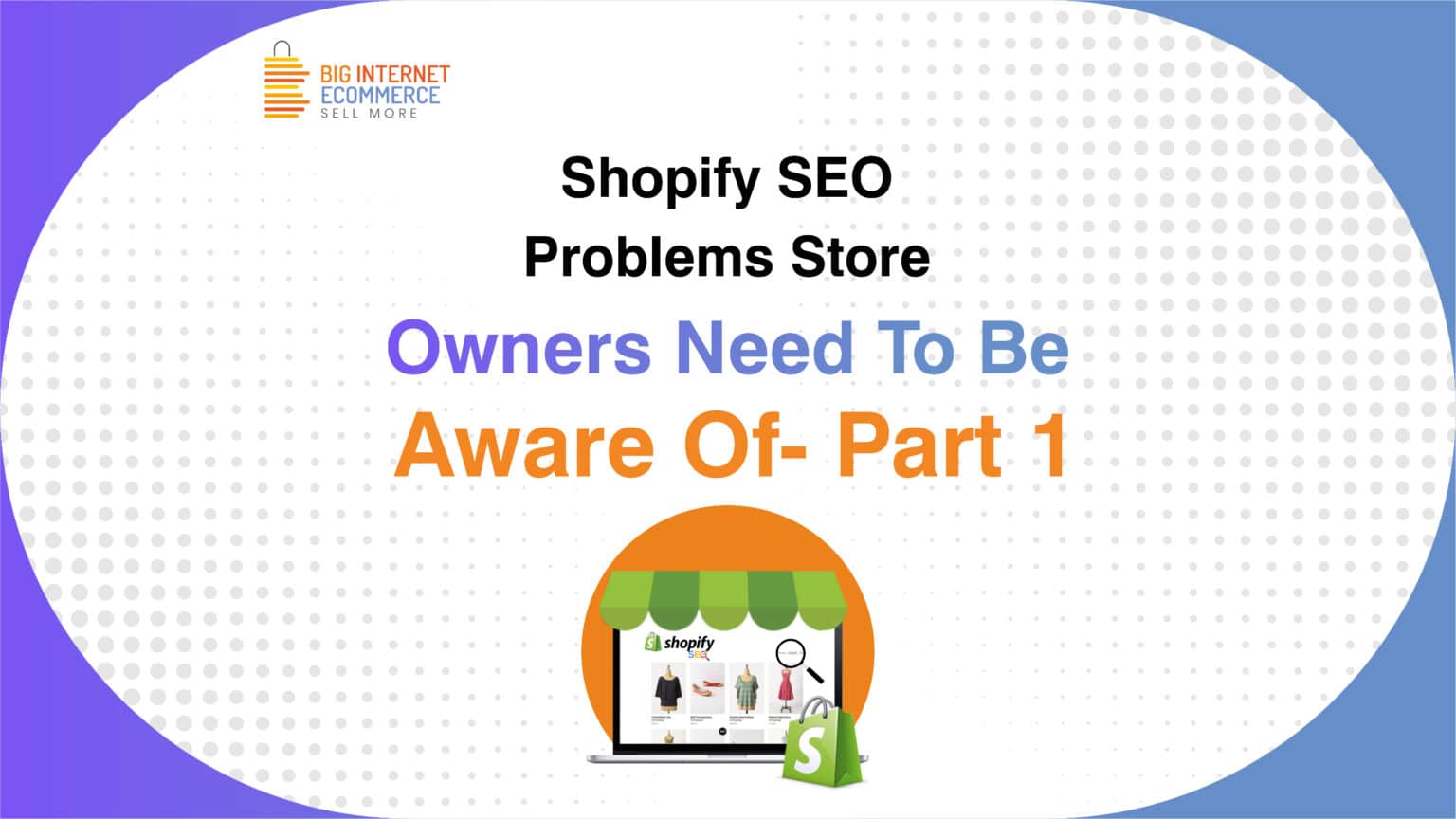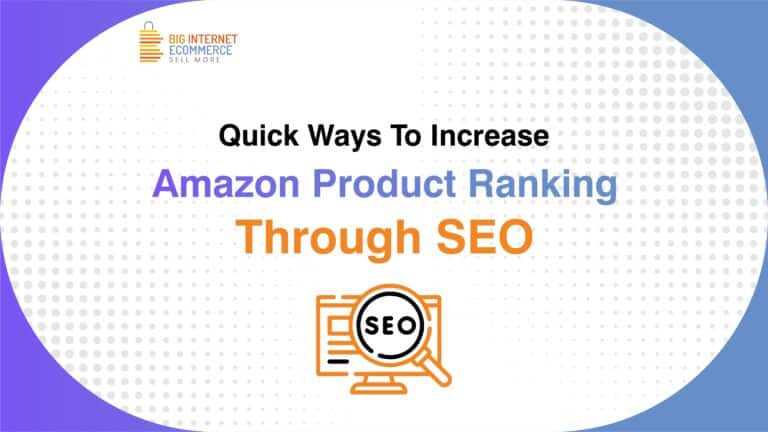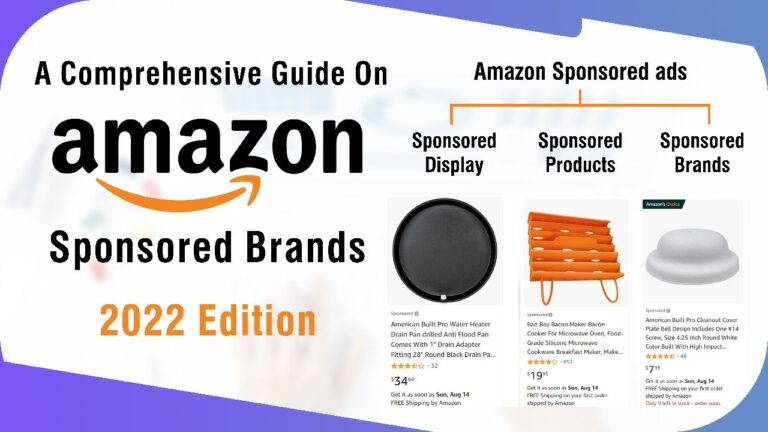Shopify SEO is the process of optimizing the Shopify online store for a search engine so it can rank higher in the search engine result webpages (SERPs). But there are some Shopify search engine optimization issues we often run into when optimizing a Shopify website.
Modification Limits with robots.txt files
Robots.txt file helps to control and monitor crawler traffic to your site. It informs the crawlers of search engines about specific pages. But Shopify SEO does not have any control over the robots.txt files.
There are situations when you may want or need to add or remove something from the file. But Shopify doesn’t allow users to modify robots.txt files by themselves. As a result, it prevents businesses from showing their product or service to their target customers.
To solve this, you’ll need to add meta robots tags to the page that communicate with search engines, informing them about the pages to be crawled.
Inability to Edit Tag Pages
Tags are an excellent way to organize the contents of your Shopify store and help customers identify the items they’re searching for on your website. The main disadvantage of using tag pages is the inability to optimize them easily.
/collections/women-dresses
/collections/women-shirts/micro-length
/collections/women-shirts/mini-length
/collections/women-shirts/midi-length
/collections/women-shirts/maxi-length
In this example, “women’s dresses” is the main page for the collection, and “micro-length”, “midi-length” and “maxi-length” are variations available on tag pages. Unfortunately, additional Shopify search engine optimization problems make it difficult for Shopify admin to add content to these pages. To add content, there are two options:
- Modify Your Shopify theme: Shopify comes with standard themes that are customizable. To add content, a code has to be added. Additionally, this tag has to be added to every page that requires customization making it a lengthy and laborious procedure.
- Download an application for Shopify: Shopify online store has a plethora of add-ons or applications that help optimize tag pages, though none allow users to edit the pages completely. Moreover, these apps could slow the speed of your website.
Canonical URLs
Canonical URLs are the HTML components that allow the search engines to search a page and arrange it appropriately. Any problem with the canonical URL issue, the duplicates of identical content will be shared with Google which then may cause damage to SEO.
Shopify SEO problems like Canonical URLs are related to the same pages which are accessible through multiple URLs. Shopify has a redirecting tool that fails to function correctly if the site you’re trying to use it for exists already.
Limitations with Page Titles and Meta Descriptions
Page titles and Meta descriptions help visitors understand what your page is going to offer before opening your site. Unlike Google, Shopify bases its cutoff for page titles and meta descriptions on character limit rather than the pixel width. Hence, you have to shorten the text you are trying to implement.
Check out <Part II> to identify the complete list of Shopify SEO problems.




